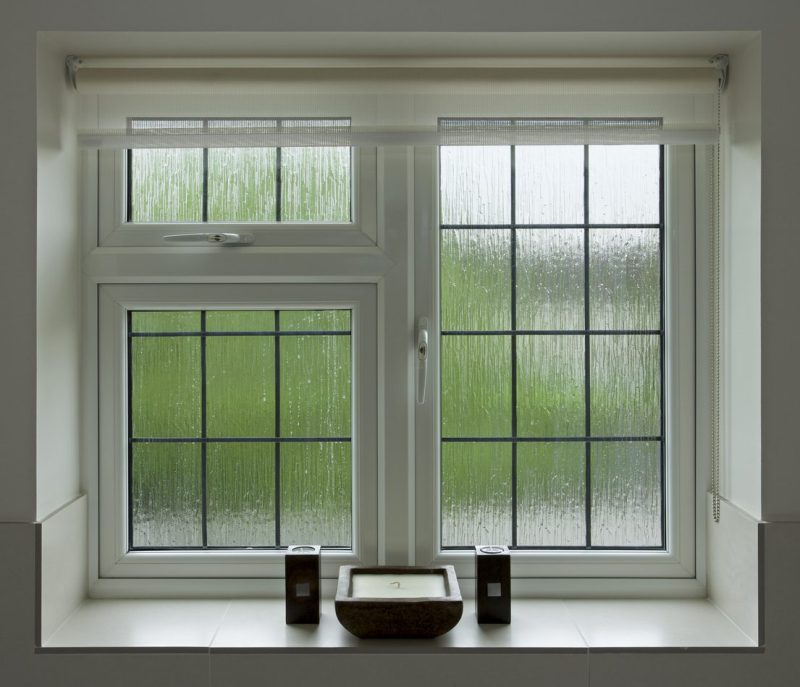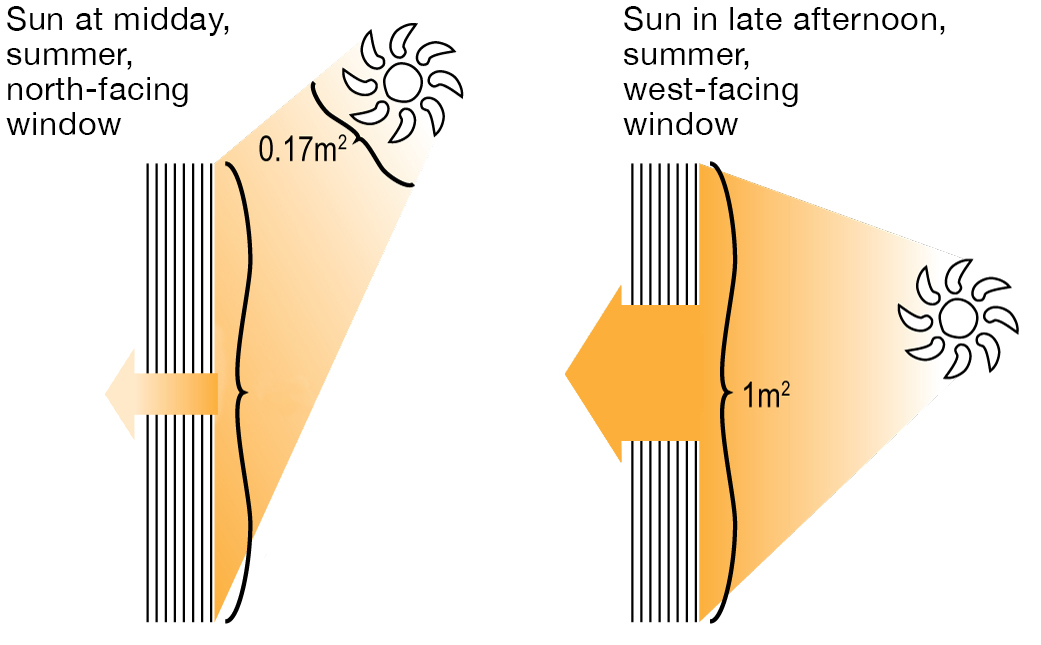All Categories
Featured
Table of Contents
Double-glazing Versus Low-e Glass in Gooseberry Hill WA
Glazing simply indicates the windows in your home, consisting of both openable and fixed windows, as well as doors with glass and skylights. Glazing really just suggests the glass part, but it is typically utilized to refer to all elements of an assembly including glass, films, frames and home furnishings. Taking notice of all of these elements will assist you to achieve reliable passive style.

Energy-efficient glazing makes your home more comfy and dramatically lowers your energy expenses. Improper or badly created glazing can be a significant source of undesirable heat gain in summer and substantial heat loss and condensation in winter season. Approximately 87% of a home's heating energy can be gained and as much as 40% lost through windows.
Canberra Window Replacement - Upvc Double Glazed ... in Success WA
Glazing is a substantial financial investment in the quality of your home. An initial investment in energy-efficient windows, skylights and doors can greatly reduce your yearly heating and cooling expense.

This tool compares window choices to a base level aluminium window with 3mm clear glass. Understanding some of the essential residential or commercial properties of glass will assist you to choose the very best glazing for your house. Secret residential or commercial properties of glass Source: Adapted from the Australian Window Association The quantity of light that travels through the glazing is called visible light transmittance (VLT) or noticeable transmittance (VT).
Double Glazing Vs Triple Glazing For Windows (2023) in Jolimont Western Australia
The U worth for windows (expressed as Uw), describes the conduction of the whole window (glass and frame together). The lower the U value, the higher a window's resistance to heat circulation and the much better its insulating value.
If your house has 70m2 of glazing with aluminium frames and clear glass with a U worth of 6. 2W/m2 C, on a winter season's night when it is 15C chillier outside compared to indoors, the heat loss through the windows would be: 6. 2 15 70 = 6510W That is equivalent to the total heat output of a big space gas heating system or a 6.
4 Benefits Of Double Glazed Windows In The Summer in Millendon Western Australia

If you pick a window with half the U value (3. 1W/m2 C) (for example, double glazing with an argon-filled gap and less-conductive frames), you can halve the heat loss: 3. 1 15 70 = 3255W The solar heat gain coefficient (SHGC) for windows (expressed as SHGCw) measures how easily heat from direct sunshine flows through a whole window (glass and frame together).
The lower a window's SHGC, the less solar heat it transmits to the house interior. The actual SHGC for windows is impacted by the angle that solar radiation strikes the glass.
The Best Double Glazing Companies In Canberra in Lesmurdie Western Australia
When the sun is perpendicular (at 90) to the glass, it has an angle of occurrence of 0 and the window will experience the maximum possible solar heat gain. The SHGC stated by glazing manufacturers is constantly determined as having a 0 angle of incidence. As the angle increases, more solar radiation is reflected, and less is sent.
Latest Posts
Double Glazed Windows in Floreat Perth
Insulated Glass Unit – Igu in Lathlain Perth
What Is Triple Glazing? - Infinite Windows in Attadale Perth